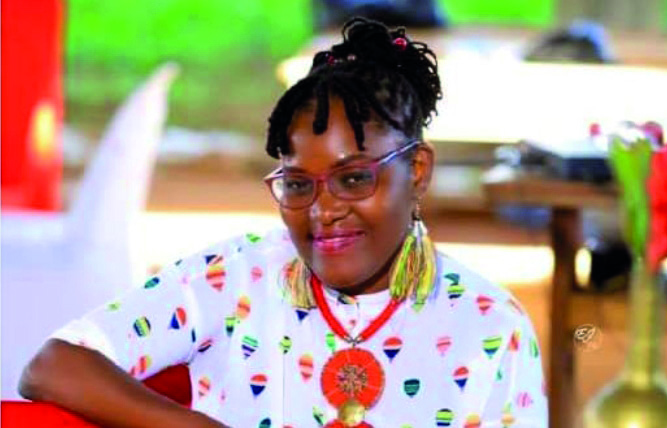There is talk that bees are getting extinct. Reasons advanced include the increased tree cutting, the use of pesticides on crops, from which bees get nectar plus pests that attack bees.
Unfortunately, the reasons being advanced have no evidence. With evidence, through data collection, stakeholders in the bee farming sector can then tell the kind of pests that destroy bees, what species of bees are at risk and the actual population of the bees to understand if they are getting extinct or not, among others. Such information can then be assessed by experts so as to design solutions to the identified problems.
For data to be collected efficiently, Makerere University, through the Adaptive Environmental Monitoring Network (AdEMNEA) project, have developed a Smart Bee Monitor.

The monitor, which is as small as a car camera, and powered by solar, can be inserted in the beehives, like the Kenya Top Beehive (KTB).
According to the principal investigator, Dr Julianne Sansa Otim, while in the beehive, the monitor records images and videos on pests, records temperature and humidity, as well as carbon dioxide levels, in addition to the weight of the beehive.
Outside the hive, Otim said, the Smart Bee Monitor will be used to record the population of the bee species, both domesticated and non-domesticated.
To gather as much information as possible, she said they are working as a team composed of bee experts, engineers, researchers, academia, ICT experts, among other, to quickly process information and give feedback.
She explained that the monitor, which is in the final stages of construction, was first introduced to bee farmers during the Honey Week exhibition in September, adding that they are currently at the university laboratory and in the university garden for further testing before they can be rolled out.
“There have been limited studies as far as bees are concerned, so the monitor is for purposes of unearthing more information about the bees, including their current population, what is keeping them away from the environment where they should be, and then the entomologist can guide,” she explained.
The initiative is being funded by NORAD, under the NORHED II through the five-year AdEMNEA programme.
It is being implemented by various universities, including Makerere, Dar es Salaam, Juba, among others, and partners such as the Ministry of Agriculture, The Uganda National Apiculture Development Organisation (TUNADO), Nwoya Fruit Growers’ Cooperative, among others.
Apart from the Smart Bee Monitor, under the same project, Otim said they are also developing a tool for the management of fruit flies, which are the biggest threat to mangoes, and yet there is a limited number of extension workers with a bias to fruit pests, making it hard to monitor mango farms.
“With a fruit fly trap that we are developing, there will be no use of pesticides as these, in the long run, affect the breeding of other insects and the environment,” she added.
The tool, which will be rolled out later this year, will bridge the gap between extension workers to farmers, especially for entomologists or bee experts, said to be limited, hence the many challenges in bee or apiary farming, according to Makerere University documents.
Otim added that in the past, beehives were monitored physically, which was not only cumbersome, but also inaccurate and risky, given the fact that beehives are usually located in forests and in the wild.





